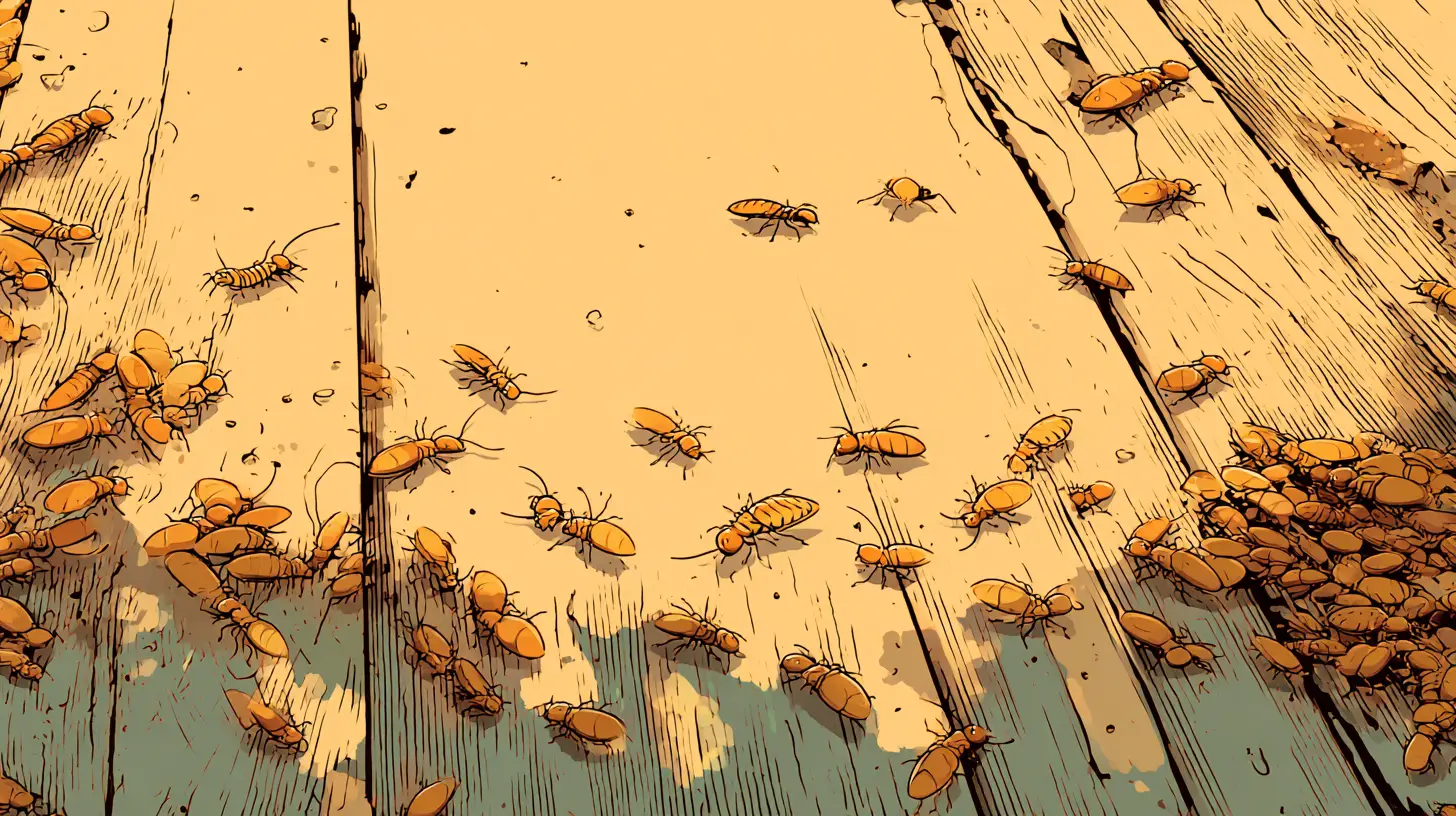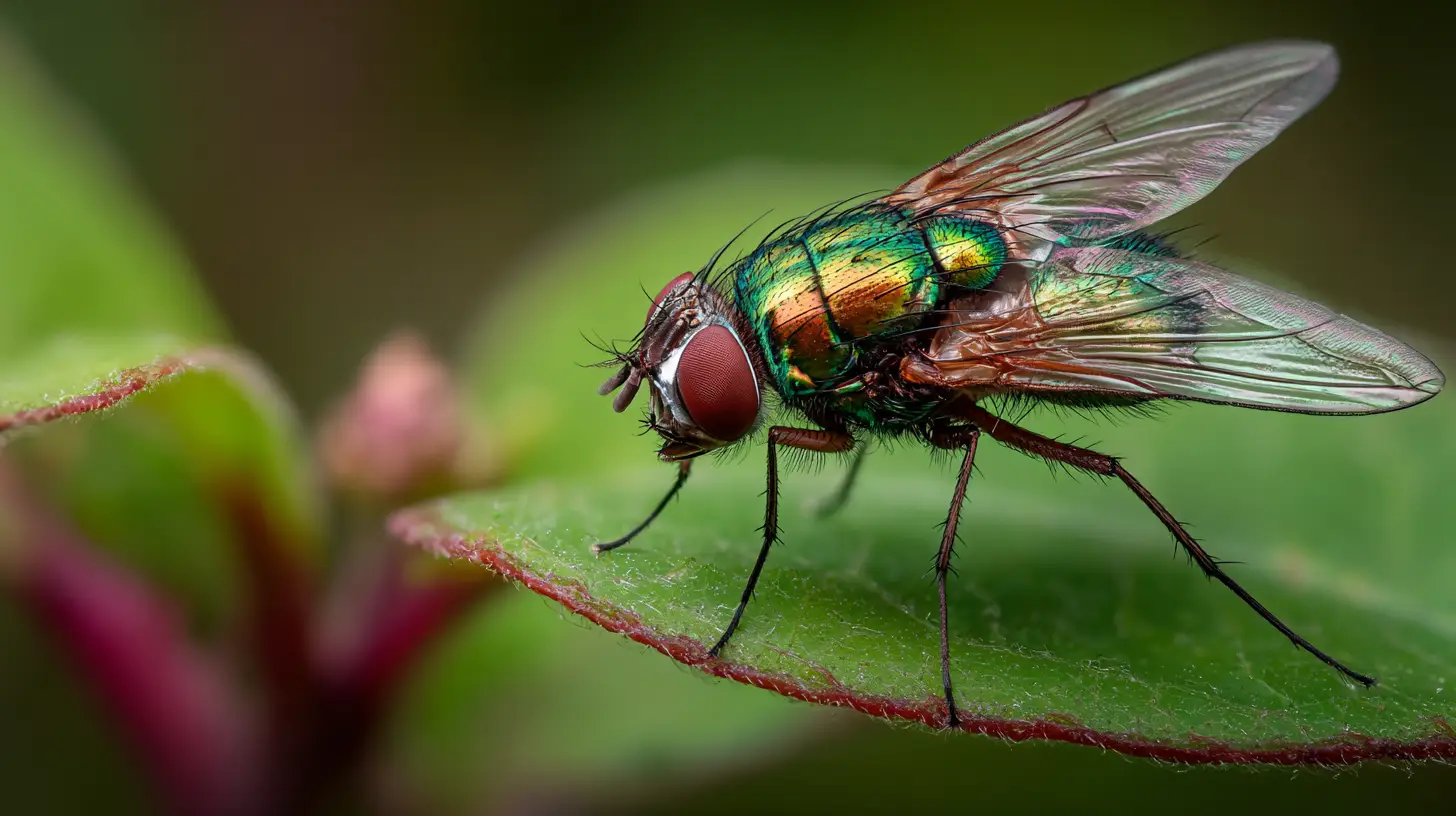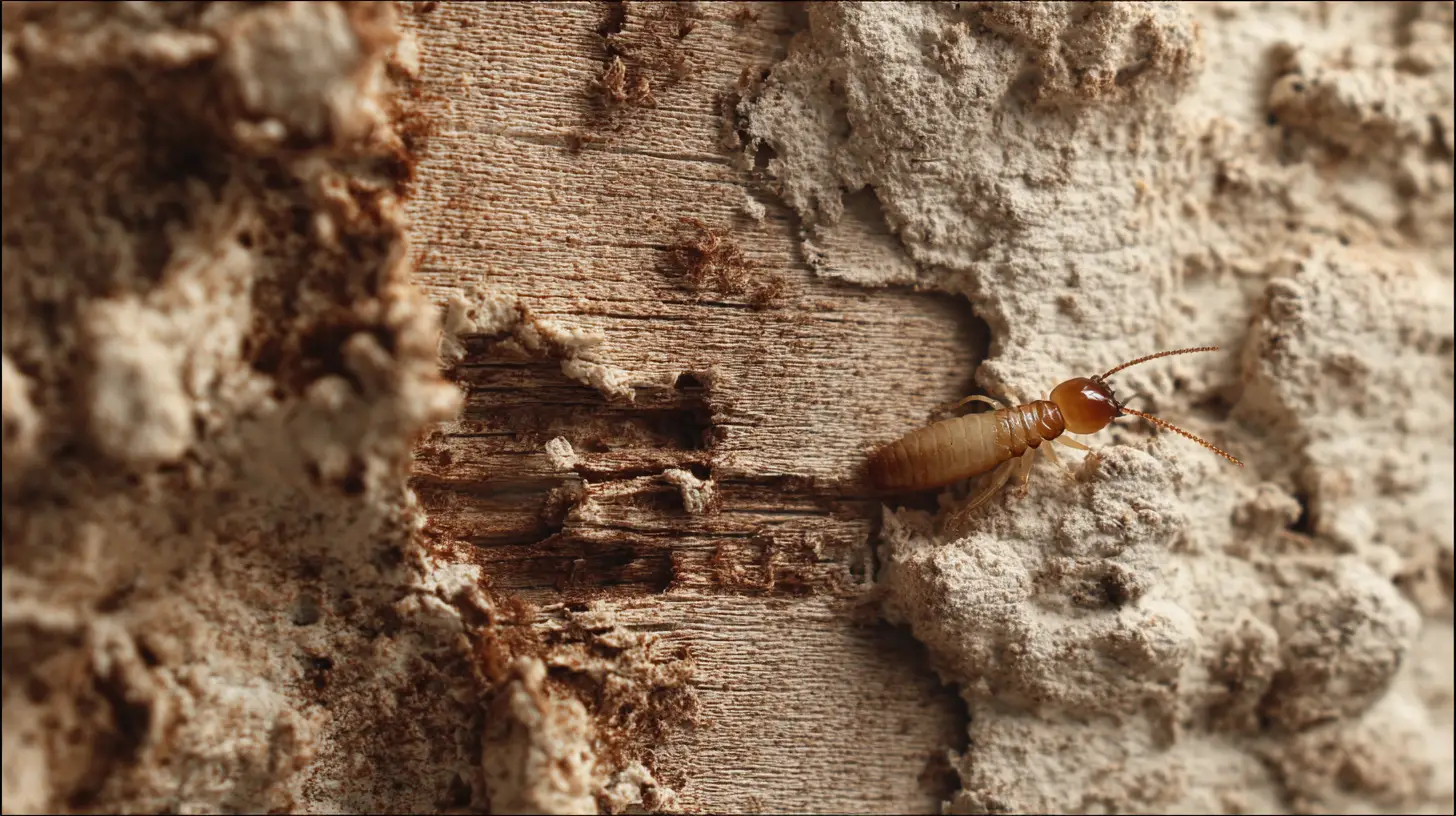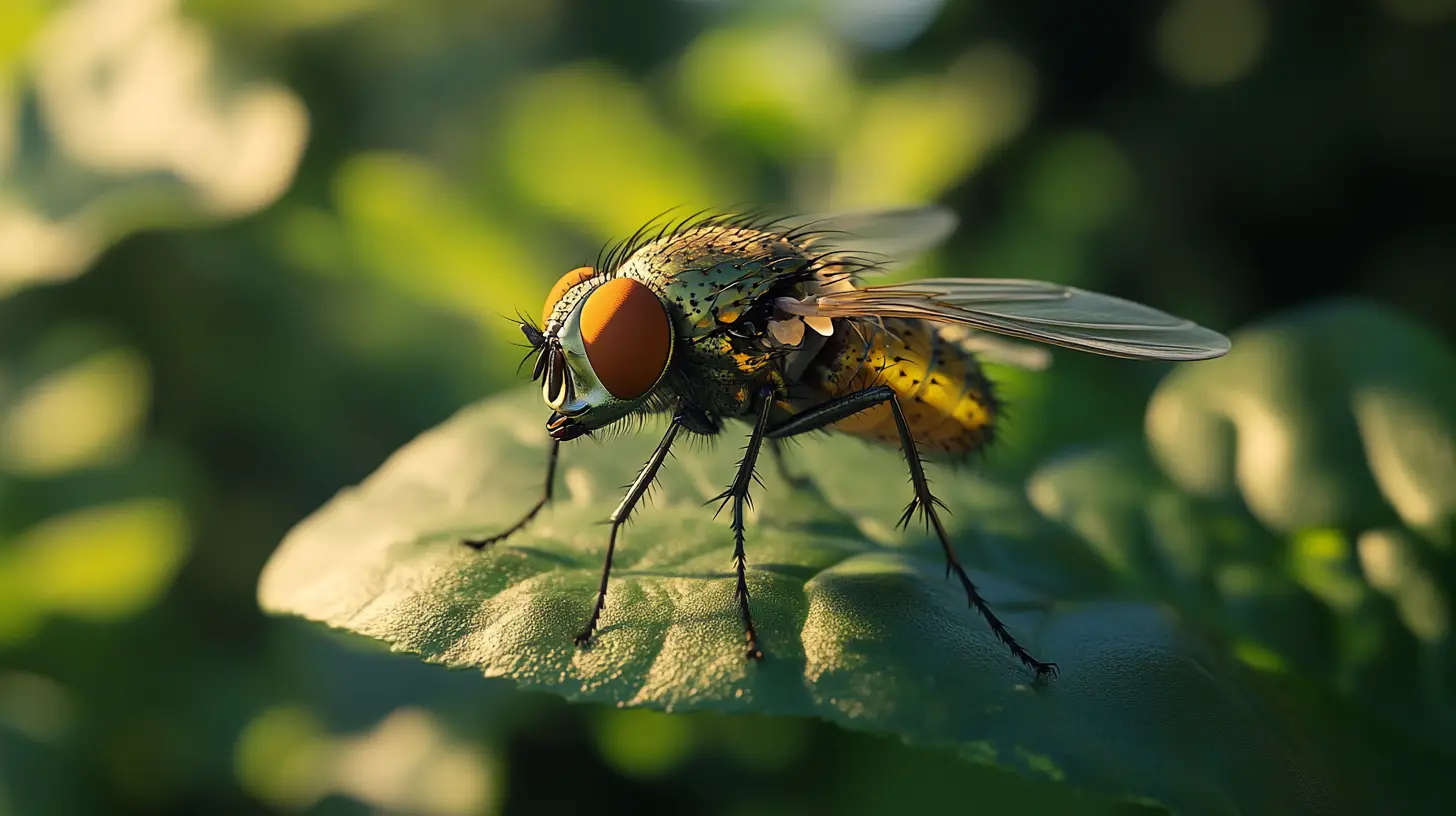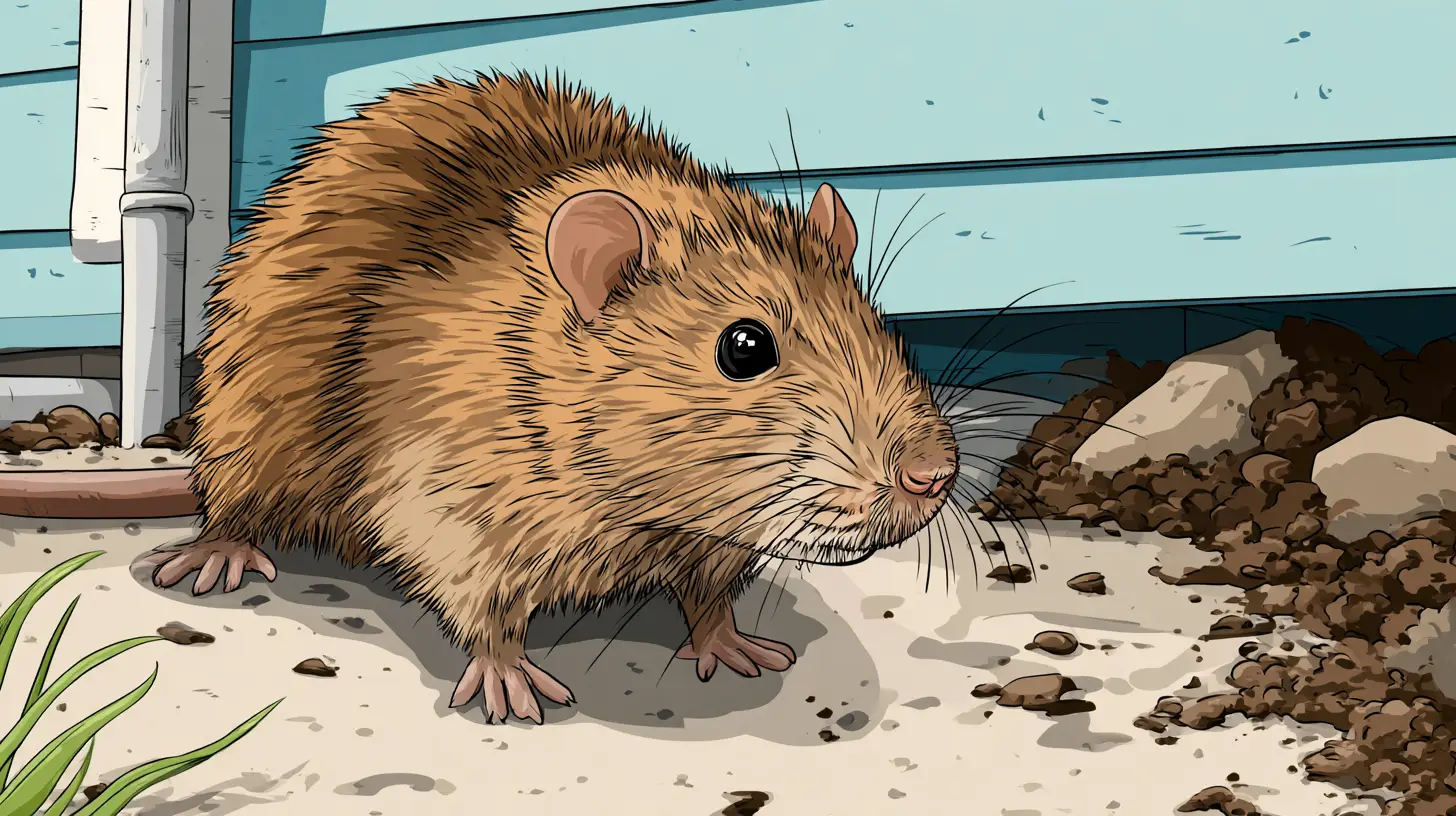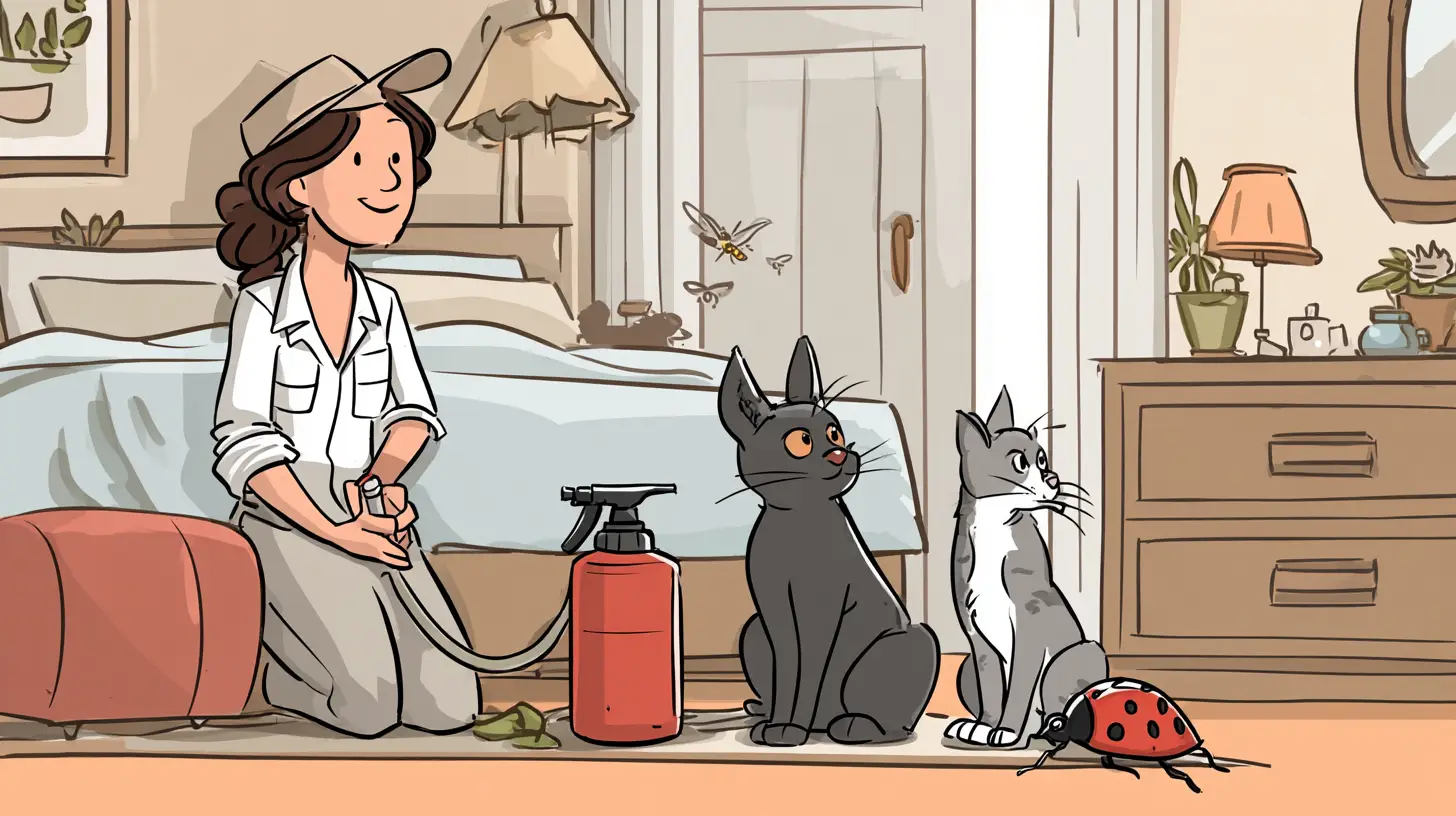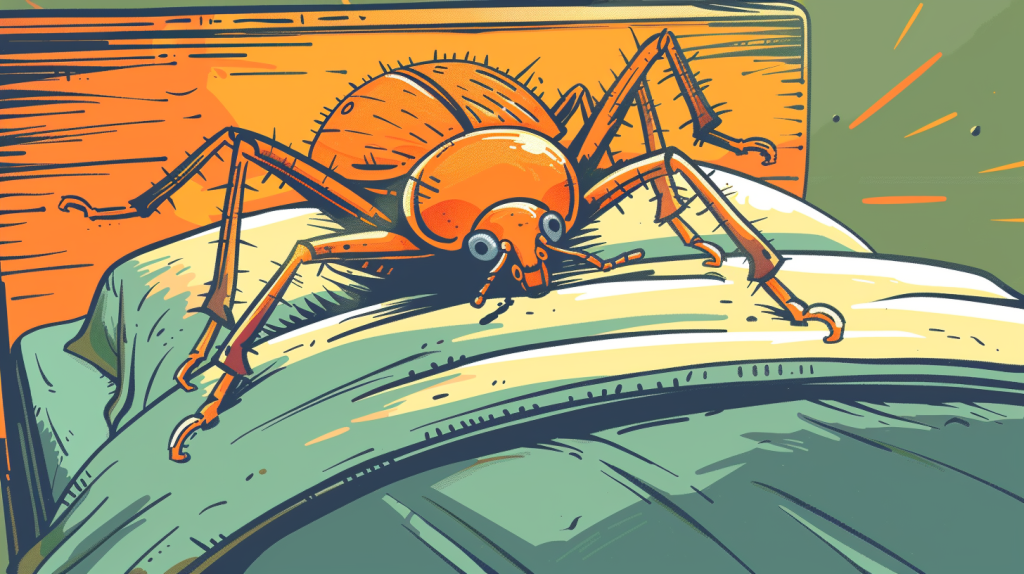
Table of Contents
So, your place has bed bugs. Fantastic. Nothing like waking up covered in itchy bites to really ruin your week. If you’re in Bradenton, you’re not alone. Bed bug complaints have been rising across Florida, and your comfy coastal town is no exception. The million-dollar question? What kind of bed bug treatment actually works in Bradenton: heat or chemicals?
Let’s sort through the facts and not the fluff.
Key Takeaways
- Heat kills bed bugs in all life stages in one day (if done right). Chemicals usually take 2–3 visits over several weeks.
- Heat is faster but more expensive (•$2,000–$5,000). Chemicals are cheaper up front (•$1,000–$3,000), but the final bill may stack up.
- No chemicals with heat, which is a win for people with allergies, asthma, or kids. Chemicals leave residues but also provide longer-lasting protection.
- Heavy infestations? Heat wins. Light or moderate? Chemicals might get the job done.
- Integrated treatments (heat + residuals) offer the most reliable, long-term results.
How Effective Is Heat Treatment?
Professional heat treatments in Bradenton have a 95%+ first-time success rate, making them a top-tier option when time is of the essence or the infestation is severe. It works by heating the entire structure to 120–140°F and maintaining that temperature for several hours, which is lethal to bed bugs and their eggs. This includes deep harborages inside box springs, couch cushions, wall voids, and clutter.
When executed properly by a licensed professional, heat penetrates areas that chemicals may not reach. One overlooked crevice, however, could mean survivors. Cold spots, especially in cluttered homes, can protect bugs from the lethal temperature.
That’s why the best exterminators in Bradenton often combine heat with a light application of residual dusts (like CimeXa or diatomaceous earth) during or after the treatment. These provide a backup in case a few bugs manage to survive the heat.
How Well Do Chemicals Work?
Chemical treatments have improved a lot over the years. Pest control pros in Bradenton now use multi-product approaches that include:
- Residual sprays (like Temprid FX or Transport GHP)
- Dusts for wall voids and cracks
- IGRs (Insect Growth Regulators) like NyGuard or Gentrol, which disrupt reproduction
But it’s a marathon, not a sprint. Because most insecticides don’t kill eggs, you’ll need at least 2–3 visits over several weeks to catch the full life cycle. The success of this method depends heavily on the technician’s thoroughness and your cooperation with prep instructions.
Chemical resistance is a real concern in Bradenton. Some local bed bug populations are highly resistant to pyrethroids, which used to be the go-to. That’s why many exterminators rotate products or mix classes of chemicals.
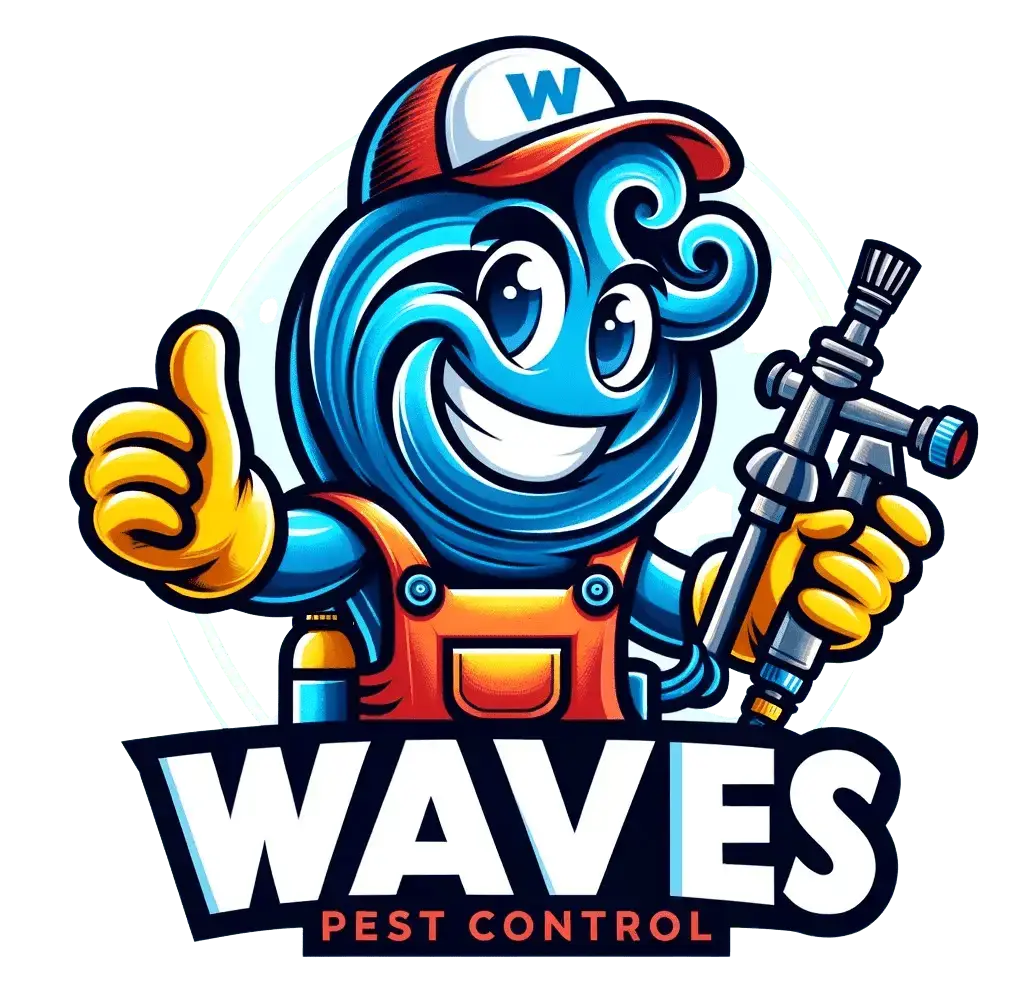
Sleep Bed Bug-Free Tonight!
Trust Waves Pest Control for professional bed bug treatment in Bradenton, FL. Call now or request your free inspection online!
Request an InspectionHow Long Does Each Method Take?
- Heat Treatment Timeline:
- Setup and treatment typically takes 6–9 hours in a single day.
- You can re-enter your home the same day or next morning.
- Immediate knockdown of visible activity.
- Chemical Treatment Timeline:
- First visit kills active bugs.
- Eggs hatch within 7–10 days, requiring follow-up.
- You’re looking at 3–4 weeks (or longer for cluttered or heavy infestations).
- Most companies schedule follow-ups every 14 days until activity stops.
What Does It Cost in Bradenton?
- Heat Treatment Costs:
- Small apartments: $1,000–$2,000
- Medium homes (2,000 sq ft): $2,500–$4,500
- Large/cluttered homes or multifamily units: $5,000–$6,500+
- Chemical Treatment Costs:
- Per room: $300–$600
- Whole-home treatment: $1,200–$3,000
- Multiple treatments may be needed (often bundled into a package).
Many companies in Bradenton offer service guarantees for both methods, ranging from 30 to 90 days. Some include free re-treatments during the warranty period if bed bugs reappear.
Is One Safer Than the Other?
- Heat Treatment Safety:
- No chemicals, safe for sensitive individuals, infants, and pets.
- Risks include damage to electronics, vinyl, plastics, candles, and artwork.
- Prep includes removing valuables and heat-sensitive items.
- Chemical Treatment Safety:
- Residents must vacate during application (3–6 hours typically).
- Risk of irritation from residues.
- Must follow label directions to avoid contamination of food, utensils, and children’s toys.
Most chemical treatments use EPA-registered products labeled for indoor residential use. When applied professionally and per label, risks are low but present.
What About Reinfestation?
- Heat:
- No residuals. If bugs survived or re-enter the home later, they’re free to repopulate.
- Zero forgiveness if the treatment wasn’t thorough.
- Best paired with preventive measures: mattress encasements, interceptors, etc.
- Chemicals:
- Residual products can kill bugs for weeks or months after application.
- New bugs entering the space often die upon contact.
- More forgiving of initial misses, provided re-treatments are done as scheduled.
In Bradenton multi-family housing, reinfestation risk is higher, especially in untreated neighboring units. Chemical treatment’s residual barrier can offer added protection in those settings.
So Which One Should You Pick?
- Choose heat if:
- You need quick relief.
- You have a severe or widespread infestation.
- You want a chemical-free method.
- Choose chemicals if:
- You’re on a budget.
- The infestation is light or moderate.
- You want ongoing protection from residuals.
- Choose both if:
- You want fast knockdown plus ongoing kill.
- You live in a shared building or have recurring exposure risks.
- You want peace of mind from combining both strengths.
Frequently Asked Questions (FAQs)
Is heat treatment safe for pets and kids?
Yes. They need to be out during the service, but once the house cools, it’s safe. No chemicals involved.
Can bed bugs come back after heat treatment?
They can if any survived or are reintroduced. Many pros in Bradenton add a residual chemical after heat just in case.
Do chemical treatments kill eggs?
Not reliably. That’s why follow-up treatments are essential to catch hatchlings.
What’s the most common cause of treatment failure?
Poor prep or technician error. Missed areas, skipped follow-ups, or clutter can all give bed bugs a second chance.
What should I do after treatment?
Use mattress encasements, install bed leg interceptors, reduce clutter, and stay alert for signs of recurrence. Regular vacuuming helps too
Are Bradenton’s bed bugs harder to kill?
Some local populations have developed resistance to certain insecticides. This is why many exterminators rotate or mix products.

